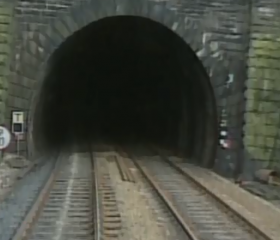Transport for London: Navigating Future Challenges
Introduction
Transport for London (TfL) is increasingly pivotal in the capital’s recovery from the COVID-19 pandemic. With a network that includes buses, underground trains, and trams, TfL not only supports millions of daily commuters but is also a key factor in environmental and economic sustainability. As London begins to navigate the post-pandemic era, TfL faces numerous challenges that could affect its operation and funding.
Current Landscape
Since the onset of the pandemic, TfL has seen a significant reduction in passenger numbers, which have only recently begun to recover. For example, during peak periods, ridership has rebounded to approximately 70% of pre-pandemic levels. However, the shift in commuter patterns, with many workers opting for hybrid models involving remote work, poses a fundamental challenge to TfL’s funding model, which heavily relies on fare income.
Financially, TfL has struggled as well, with reported losses topping £1 billion due to the pandemic’s harsh impact. In August 2023, the UK government provided a funding package amounting to £150 million aimed at bridging immediate financial gaps. Yet, analysts argue this remains a temporary solution, raising concerns over TfL’s long-term fiscal stability.
Upcoming Initiatives
In response to these challenges, TfL has proposed several initiatives to enhance service efficiency and reduce reliance on fares. Already in motion, the implementation of contactless payments and the expansion of cycle lanes has resulted in a more diverse transport ecosystem. Additionally, the ‘Road to Zero’ initiative focuses on reducing emissions, a critical step for TfL’s role in London’s commitment to sustainability.
Conclusion
As Transport for London moves forward, the next few months will be crucial in determining its trajectory. The authority must balance maintaining safety and service quality while addressing funding constraints. Stakeholders are optimistic yet cautious as ongoing financial support and strategic changes will define TfL’s ability to adapt to a post-pandemic landscape. Understanding these dynamics is essential for London residents, as the effectiveness of public transport infrastructure is directly tied to the city’s overall positioning for the future.




